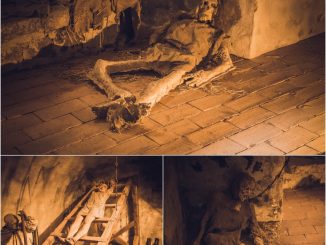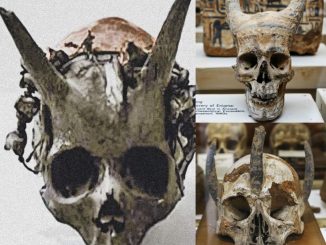Perched atop the hallowed grounds of the Athenian Acropolis, the Erechtheion stands as a testament to ancient Greek architectural brilliance. Among its distinctive features is the Porch of the Caryatids, a marvel of artistry and engineering that continues to captivate visitors and scholars alike.

Historical Background
1. The Erechtheion’s Construction:
- Built: Between 421 and 406 BC during the height of the Athenian Empire, under the leadership of Pericles.
- Purpose: Dedicated to Athena and Poseidon, the Erechtheion housed several sacred relics and was considered one of the most significant religious sites in ancient Athens.
2. The Porch of the Caryatids:
- Design and Symbolism:
- The Porch features six Caryatids, sculpted female figures that serve as architectural supports instead of traditional columns.
- These iconic statues are believed to represent young women from the ancient town of Caryae, which allegedly betrayed the Greeks during the Persian Wars. Their subjugated stance is thought to symbolize the punishment of the city’s betrayal.
- Each Caryatid is exquisitely carved, reflecting the idealized beauty of ancient Greek art and embodying a unique blend of strength and grace.
Architectural Significance
1. Artistic Mastery:
- Contrapposto Pose:
- The Caryatids stand in a contrapposto pose, with one leg bearing the weight and the other relaxed, creating a sense of movement and fluidity.
- Intricate Detailing:
- Their flowing draped garments and elaborately braided hairstyles showcase the artistic mastery of the sculptors, possibly from the workshop of Phidias.
2. Structural Engineering:
- Supportive Role:
- Despite their delicate appearance, the Caryatids serve a vital structural function, supporting the roof of the Porch.
- Their placement provides both aesthetic appeal and structural integrity, highlighting the ingenuity of ancient Greek architects.
Preservation and Legacy
1. Original and Replicas:
- Original Caryatids:
- Five of the original Caryatids are displayed in the Acropolis Museum for preservation.
- The sixth Caryatid was removed by Lord Elgin in the early 19th century and is currently held in the British Museum.
- Replicas on Site:
- High-quality replicas now stand in their place at the Porch, faithfully representing the original statues.
2. Inspiration and Influence:
- Architectural Influence:
- The Caryatids have inspired numerous architectural elements across the world, from Renaissance to modern architecture.
- Their blend of elegance and functionality continues to influence contemporary design.
Conclusion
The Porch of the Caryatids at the Erechtheion remains a powerful symbol of ancient Greek civilization’s artistic and architectural achievements. The careful preservation and display of these magnificent sculptures ensure that their legacy endures, inviting us to marvel at the ingenuity and creativity of the ancient world.
Let us celebrate the legacy of these timeless statues and the stories they tell, as they continue to grace the Athenian Acropolis with their enduring beauty.


